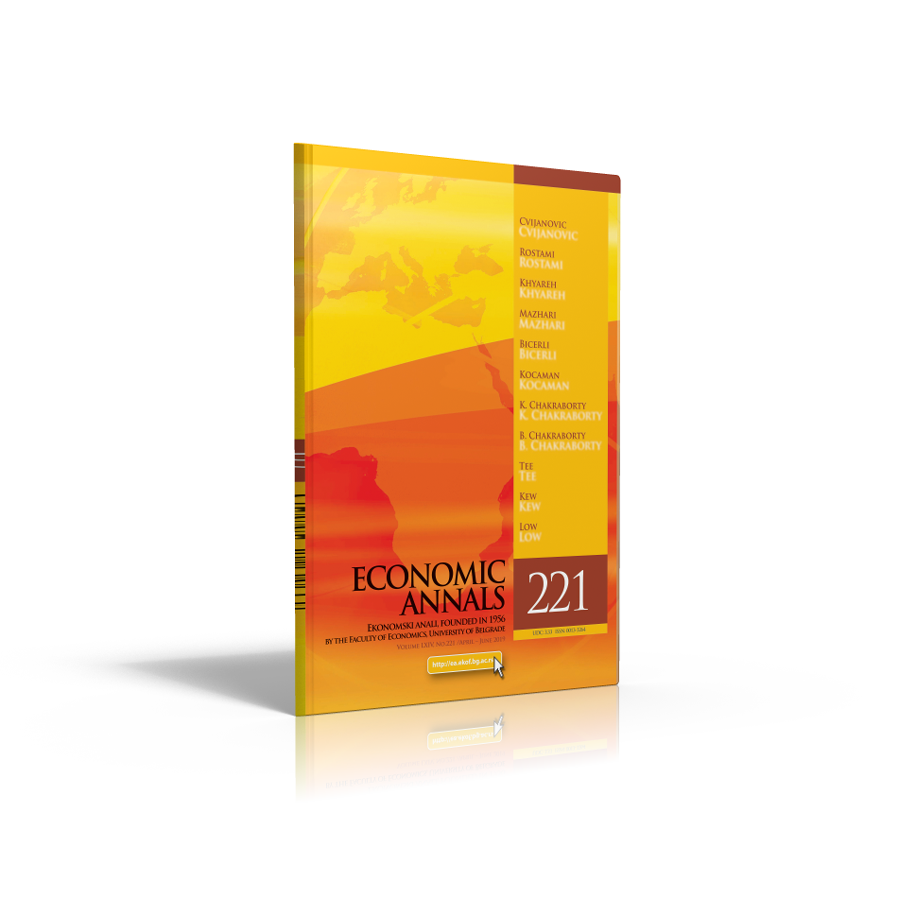THE STRUCTURE OF FINANCIAL NETWORKS, AND WESTERN BALKAN BANKING SYSTEMS
##plugins.themes.bootstrap3.article.main##
##plugins.themes.bootstrap3.article.sidebar##
Dražen Cvijanović
Abstract
This paper analyses the structure of the part of the global finan-cial network that the banking systems of the Western Balkan countries belong to for the period 2007–2013. The data it uses is mostly from BIS consolidated banking statistics and the methodological tools used are based on network theory. It finds that a few features of the pan-European finan-cial network strongly influence the likeli-hood of risk transfer to the Western Balkan area. First, the banking systems of the six Western Balkan countries are periphery nodes in the financial network. Second, the network is highly concentrated around a small number of nodes and all other nodes are weakly interconnected. Third, there are three nodes or regional common lend-ers that have dominant roles in the West-ern Balkan banking systems: the banking systems of Austria, Italy, and Greece. The conclusion is that in the case of financial distress anywhere in the financial network, risk could easily spread to Western Balkan banking systems, with the interconnections in the financial network having the effect of a risk transmitter. Wherever in the network the initial shock is sufficiently strong, finan-cial contagion could easily spread to the Western Balkan area through the regional common lenders.
##plugins.themes.bootstrap3.article.details##
Keywords
financial networks, finan-cial contagion, regional common lenders, global common lenders, deleveraging
JEL Classification
G01, G10, G21
Issue
Section
Articles
How to Cite
Cvijanović, D. (2019). THE STRUCTURE OF FINANCIAL NETWORKS, AND WESTERN BALKAN BANKING SYSTEMS. Economic Annals, 64(221), 7-32. https://doi.org/10.2298/EKA1921007C
How to Cite
Cvijanović, D. (2019). THE STRUCTURE OF FINANCIAL NETWORKS, AND WESTERN BALKAN BANKING SYSTEMS. Economic Annals, 64(221), 7-32. https://doi.org/10.2298/EKA1921007C

